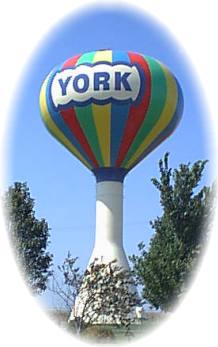
"Everybody played marbles when I was going to school,including the girls. Sometimes they were better shots than the boys. It was one of the most popular games. There wasn't TV then, none of that. So you got out and played marbles. Back then the marbles cost a little bit of nothing. You could get 50 for a dime."
Those days are gone forever. Today, marbles, which have become a popular collector's item, can demand a high price tag. Some of the rarer ones sell for thousands of dollars each. Less expensive varieties may run $75 to $100.
Lee Batterton's collection of hand-made marbles come in all colors and sizes and date from the late 1800s to early 1900s. They have picturesque names like Peppermint Swirl, Clam Broth, Brick, and Indian Skin. Batterton's favorite is the rare Lutz marbles with gold-colored powder inside. Glass cases lining two long walls display the more expensive ones, while, overhead, hundreds of quart jars filled to their brims with agates add a colorful border. There are marbles in vases, huge glass containers and trays.
Perhaps the most unusual ones are the pre-World War I ones containing uranium. Another display case holds machine-made marbles with names like Corkscrews, Ketchup and Mustard, and Superman.
"There's hundreds of different kinds of marbles. Many of them came from Germany. But some of the ones I've got, no one knows where they came from, who made them. There's still research going on and books being written about them."
Also featured are marble games, artwork, and information about the different kinds of marbles, their value, and where they were made. Some of the marbles, along with coins and other antique items are for sale.
